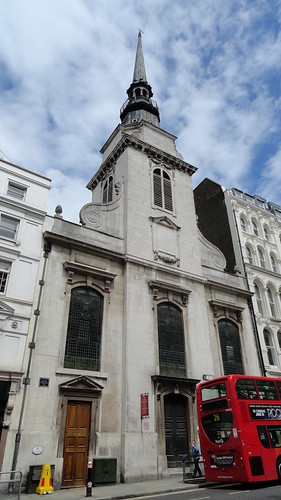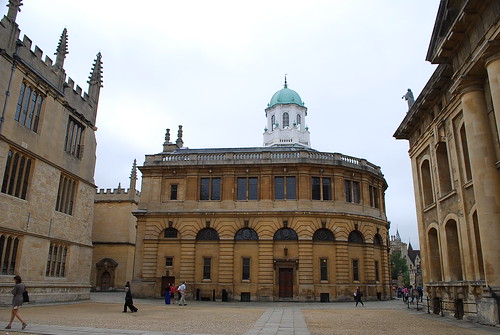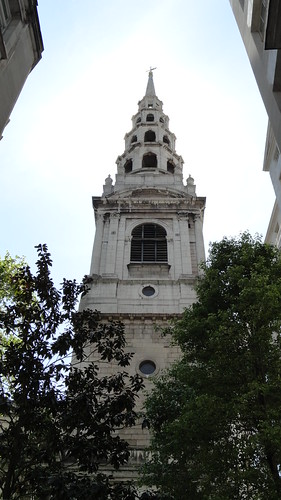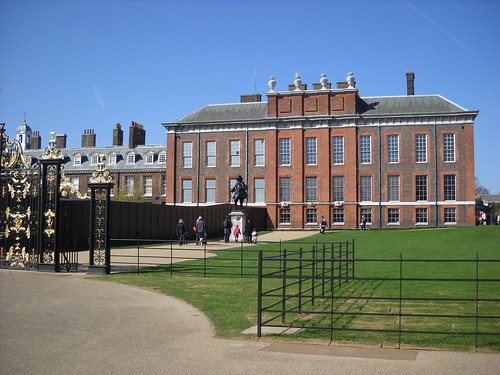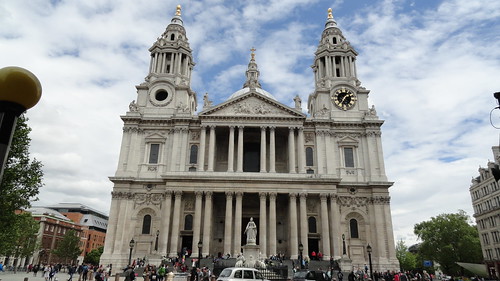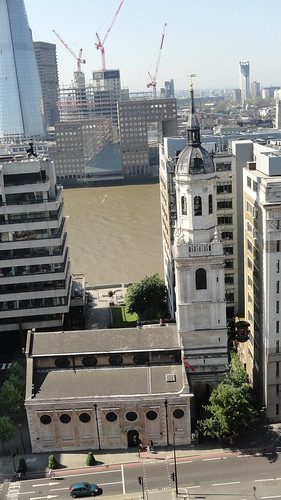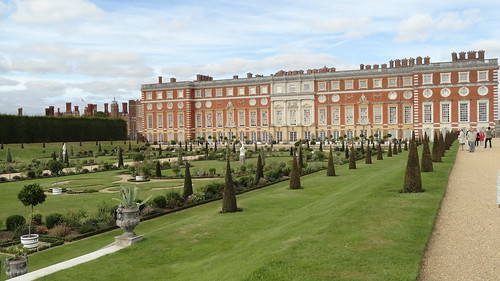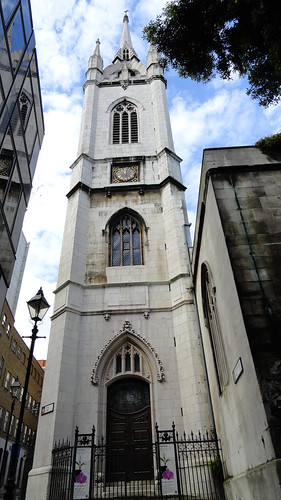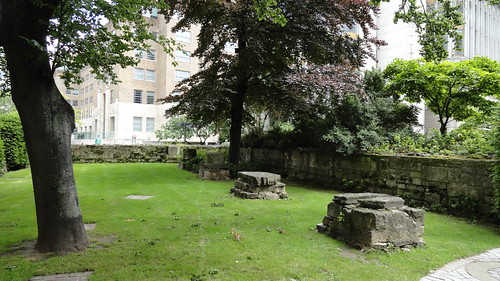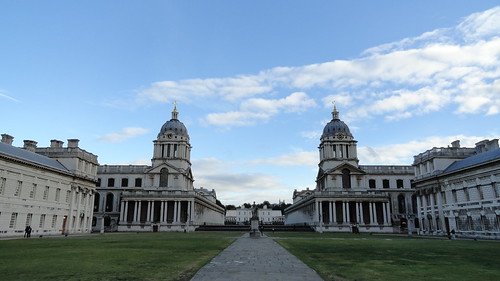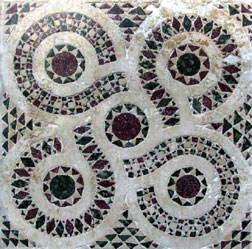A few days ago I ran across this
article about Washington DC's largest ginkgo tree. Estimated to be over 140 years old, with a majestic height of 102 feet and a circumference of 142 inches (my wingspan is just shy of 63 inches, so it would take two and a quarter of me to hug that thing), it had potentially another couple hundred years of life left in it. It's 79 foot canopy offered cooling shade in summer and just imagine the dazzling display in autumn, when the leaves turn gold and begin to carpet the ground in this historic square. It was even identified in the Park Service's
Witness Tree Protection Program because of its size, longevity, and historical interest. What a glorious tree.
And now it's gone.
 |
| The stump of a gingko tree in Farragut Square in Washington on Feb. 11, 2013. The National Park Service says the tree, which was at least 140 years old, was mistakenly cut down by the contractor. (John Kelly/The Washington Post) |
It was "accidentally" cut down. The "accident" is in the fact that a dead Ash tree on the other side of the square was supposed to have been removed, not the healthy ginkgo. An arborist was supposed to have been on site to oversee the work but it's not known whether this was the case.
Now, I know we're all human and humans are fallible but this? I find it pretty difficult to disagree with the Park Services representative quoted in the article who said, "I find it pretty incomprehensible how it happened." Indeed. Or the author of the article who states, "You would hope an arborist would know the difference between a dead ash and a live ginkgo." Several questions came to mind: Where was the contractor employee who measured and identified the dead tree with the Park Services employee? Was the arborist who was supposed to be on site present and accounted for? Were the people wielding the chainsaws themselves trained and certified arborists or (I hate to say it but it's so often true) unskilled labor just taking orders? Was the dead tree clearly marked on a map of the square and did anyone think to consult the map? Was the dead tree marked and cordoned off, because presumably a dead tree might pose a safety risk and you presumably would want people to give it a wide berth? Just in case?
Reading the article took me back to my days as a maintenance manager in Los Angeles. Knowing the value that trees add to a landscape, I went out of my way to find good tree companies who knew their stuff. Whenever tree work needed to be done, I met with the owner of the contracting company on site, discussed the client's wishes and weighed them against the requirements of the tree. When the work (and the bill) was approved by the client and the order scheduled, I was on site when it started, as was the owner of the tree company. If he had to be elsewhere, he got the crew started, made sure the foreman knew what to do, and went to his next job. He always checked in with me and told me when the work was finished so I could go have a look myself. Only after the tree company had done a few jobs in a particular client's garden did I feel confident in allowing the owner to oversee the job without me hovering.
This kind of service doesn't come cheap and I did have some clients resist my recommendations. I remember one guy - very rich and very smug - who had three beautiful magnolias that were in dire need of trimming. When I gave him the quote he yelled at me. Yes, yelled. He claimed he could get Joe's Tree Guys to do the work for half the cost. In that moment it was hard to maintain my composure but I was forced to agree with him. Yes, you can get Joe's Tree Guys to do the work for half the cost but I can't guarantee their work. What I can guarantee is that you won't get the care and attention that I've given the job in ensuring a licensed and qualified arborist is on site and doing meticulous work with the health of the tree in mind (which, incidentally, directly affects your property value). If you don't care about your trees, go ahead and hire the other guys but if they are unlicensed and make a mistake, you have no recourse. Yes, you can pay half the cost, and you'll probably end up with half a tree.
A few days later he called me back to schedule the tree work.
I feel sorry for the contractor in DC. I would hope they feel sick about what happened, but a mistake of this magnitude can doom a business. And now the Parks Dept. is planning to sue for damages. Rightly so, since there is no way to replace a 140+ year old tree. Even if they plant a new one, it will take another 100 years for it to reach compensatory stature and how many of us will be around to enjoy it then?
So, saving the trees should be about a lot more than stopping rain forests being cut down. Urban trees deserve our love, too, which is why it's so important to hire only licensed, qualified arborists for tree work. Urban trees remove pollutants from the air and a large tree is 70% better at it than small trees. They provide shade, which reduces the "heat island" effect and lowers ground temperature, they absorb rainwater and harmful soil pollutants through their roots. And one single mature tree, like our Farragut Ginkgo, can produce as much oxygen as 10 people will breathe in a year, not to mention the habitat provided for local fauna. Maintaining the health and vitality of these leafy air scrubbers takes know how and we should be willing to pay for the expertise.
It's a timely - though costly - reminder of how important urban trees are to the fabric of our built landscape. Which is why I'm taking my father to the garden center today, to decide between an Eastern Red Bud or a Dogwood for his treeless front yard.


